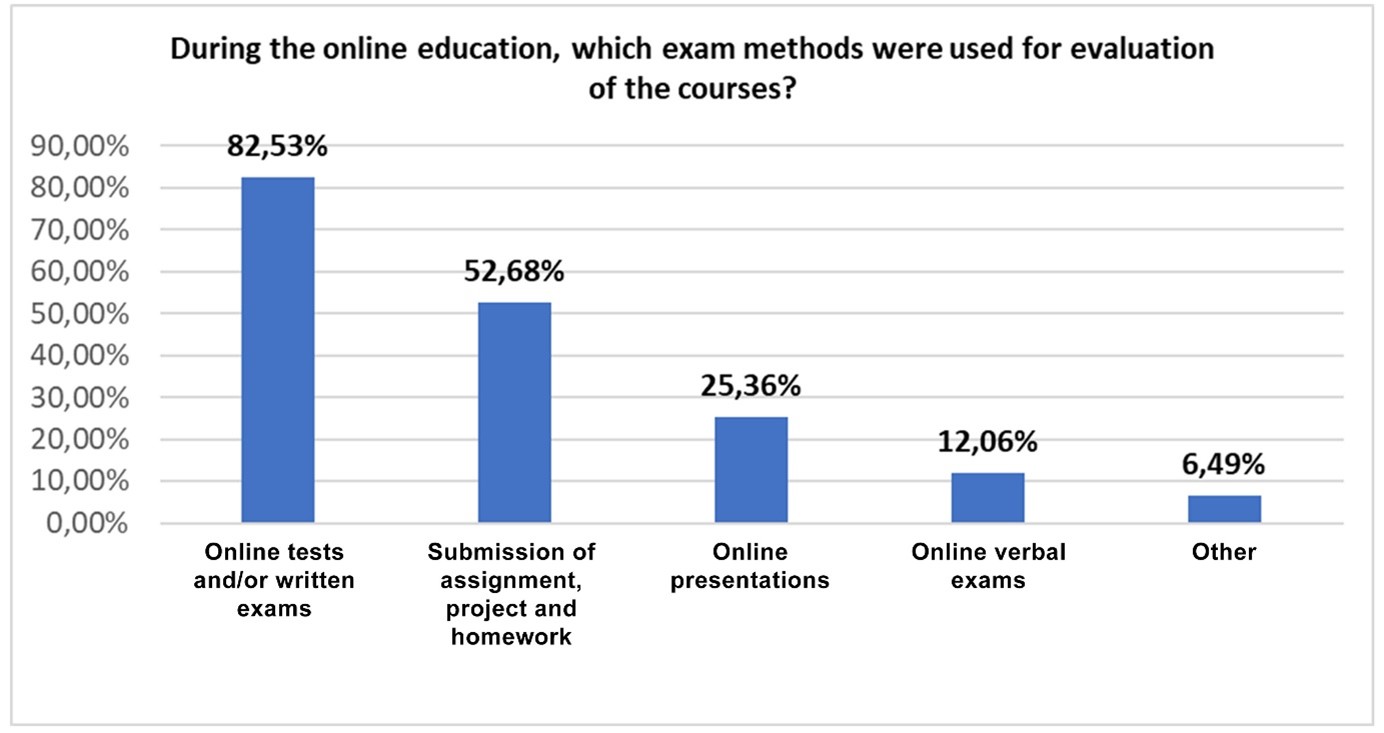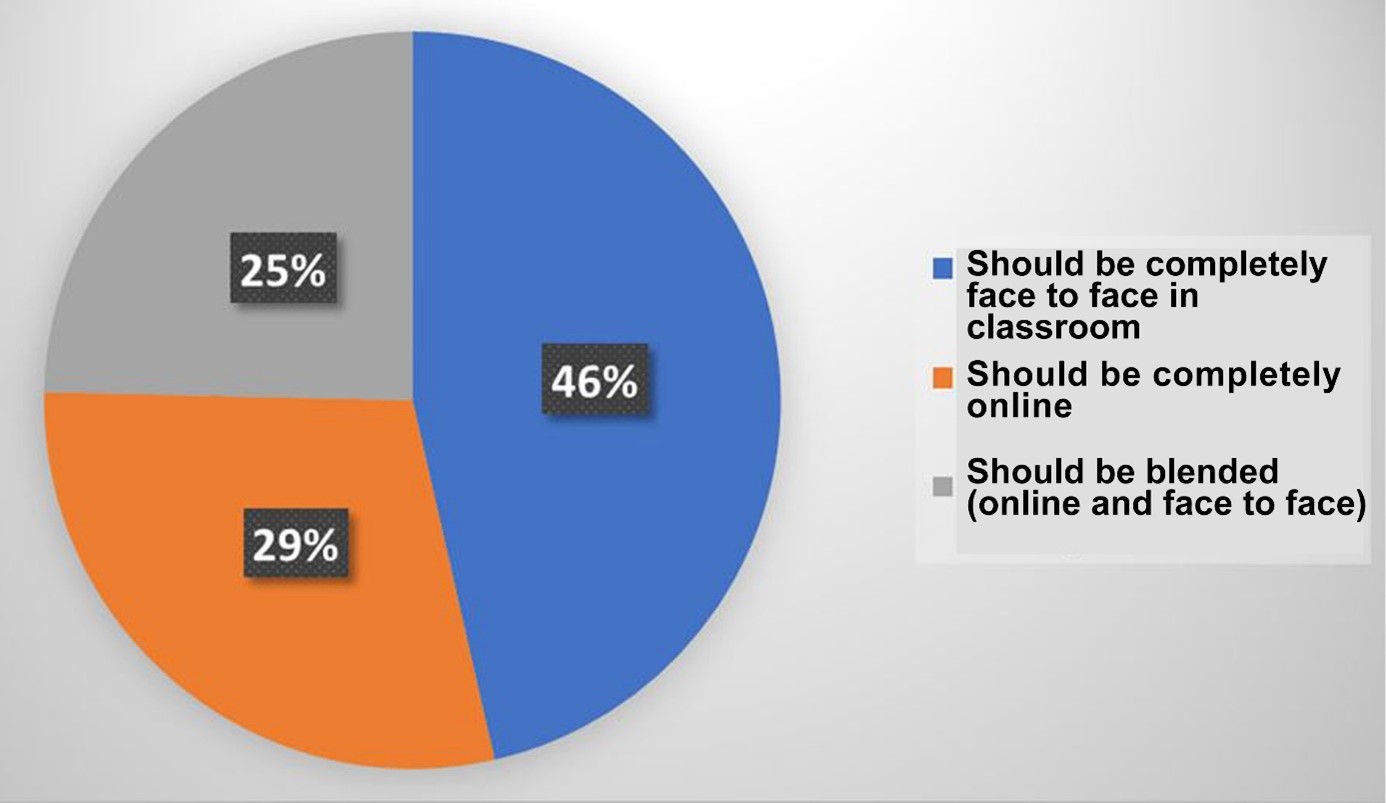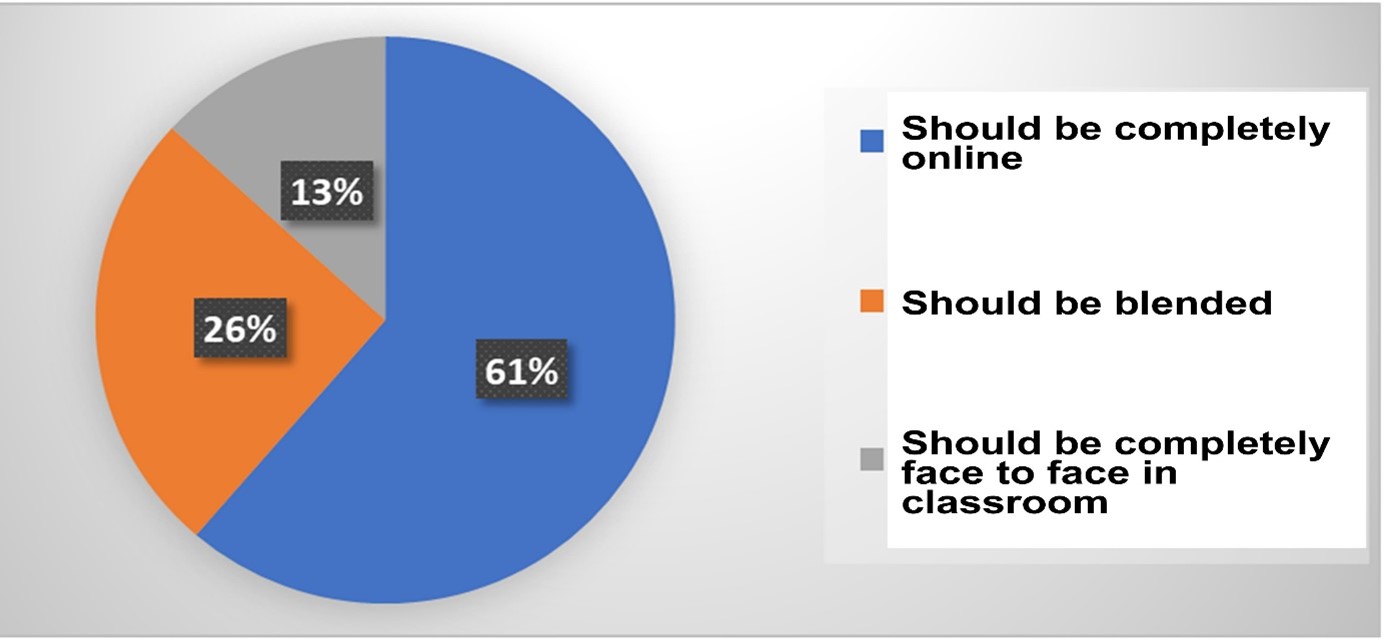
[ The author is a professor of Turkish language and literature at Istanbul University and the president of the Turkish Council of Higher Education (YÖK). ]
ANKARA
Turkey has the largest higher education student population in the European Higher Education Area with 207 universities, of which 129 are state and 78 are foundation universities with a total of nearly 8 million students: 3,002,964 Associate’s, 4,538,926 Bachelor’s, 297,001 Master’s, 101,242 Doctoral. Turkish Council of Higher Education (YÖK/CoHE) is the constitutional governing body responsible for strategic planning, coordination, supervision and monitoring of all universities in Turkey.
After being declared as a pandemic by the World Health Organization on March 11, 2020, COVID-19 hit the universities hard all around the world. On March 16, the universities in Turkey suspended face-to-face teaching and education was rapidly replaced by digital online formats.
From the outbreak of COVID-19, our approach has been based on agile management, strong coordination, flexible decision making and diverse cooperation. CoHe has been supporting higher education students in successfully coping with the challenges of emergency online education, building their digital communication skills, and reducing stress associated with technology-related fear and social isolation. Two years ago before the pandemic, CoHE started intensive programs for academics and students through ‘Digital Transformation Project at Universities’. This project was adopted by the Turkish governmental bodies following the pandemic and has led to capacity building of staff and faculty for digital learning in Turkish higher education, particularly in newly established universities in rural areas of Turkey. Within this project, over 10,000 academic staff from 54 universities have taken courses in digital course material preparation, and a digital competency course was put on the curriculum of more than 80,000 students for credit. CoHE established an ‘online educational commission’, which prepared a roadmap for the 2021 academic year. The commission also provided a platform for tutoring assistance for academics who needed support around online education. CoHE also built an open source database by collecting all open and distance education materials from universities free of charge. This database also includes courses given in English.
Following higher education online, at the end of one-year, as CoHE we conducted a survey regarding the outcomes of online education and general perceptions of the students and academic staff. It was vital that higher education institutions listen to the needs and concerns of students and academic staff and improve and update technological tools. The survey was formed by a group of experts from CoHE, and expert review was gained from the academic staff from the departments of Educational Measurement and Evaluation from various universities. The survey was directly sent to students and academic staff online. No financial fund was used for the survey. The main focus of the survey was to see the opportunities and challenges of the sudden and compulsory transition to online teaching and learning in Turkish higher education in one-year period since the beginning of the COVID-19 pandemic.
In the survey, we focused on technical infrastructure and accessibility, distance learning competences. Another expectation from the results of the survey was to create new models and horizons after the outbreak of pandemic.
Analysis of Survey
1,255,022 students and 27,820 academic staff from 207 universities responded to the survey. Participation was voluntary. Universities from all the regions of the country were included in this study. The rate of female students (%55) was more than that of male students (%45). Junior academic staff responded more than senior staff.
Student Perspectives
Analysis of the Student Responses
- 40% of the respondents were from social sciences, followed by 30% from science and engineering, 24% from medical and health sciences, 4% from fine arts and 2% from physical education and sports,
- 90% of the students stated that they benefitted from online teaching materials in their courses and found them suitable,
- 52% of the resopondents stated that online education and learning was on-par with face-to-face education,
- 26% of the students preferred face to face education for the spring term of 2021 while the other 74% preferred fully online or hybrid education model, mostly in applied and medical sciences,
- Within the group preferring face to face education, the rate of the Phd students were only 12,2% while it was mostly preferred by Associate’s and Bachelor’s degrees students,
- 83% of the students mentioned that they owned electronic devices, such as a computer, tablet or cell phone; followed by the students stating that they had no electronic devices themselves, but during the classess they had access through borrowing from someone else (12%). The rate of the ones who could not participate in online education was only 5%.
Student Perspective: Education Format During the Pandemic
For the question about the applied courses during the pandemic and online education, most of the students stated they received online live courses every week (73,92%) and 61,56% recieved course materials and documents online, while only 2,76% of the student respondents received face to face education.

Student Perspective: Evaluation Methods with Online Education
In the question regarding exam methods during online education, 82,53% of the repondents were administered online tests and/or written exams, followed by 52,68% having assignments, projects and homework, 25,36% making online presentations and 12,06% sitting online verbal examinations.

Student Perspective: Preferences on How to Conduct Education After the Pandemic
46% of all the student participants preferred completely face to face education while the rate of the ones preferring completely online was 29%, which is followed by blended model consisting of both online and face to face education by 25%.

Student Perspective: Preferences on How to Conduct Education After the Pandemic per Field of Study
Regarding the distribution of the field of study, most of the student participants in all fields (more than 40%) preferred face to face education; however, there is a slight difference between completely online and blended education models except for those in the Physical and Sports Sciences.

ACADEMIC STAFF PERSPECTIVES
Analysis of Academic Staff Response
- The rate of the academic staff who spent more time preparing their course material was 69%.
- 63% of the academic staff stated that there was a decrease in student participations in the class.
- 39% of the academics stated that their academic activities and researches were affected negatively.
- 74% of the academics stated their technological and pedagogical skills were improved during this online education.
- For the spring term, 87% of the academics preferred pure online or blended education.
Fields of Academic Staff Participating in the Study
The academic staff responding ranged from Social Sciences (45%), Science and Engineering Sciences (32%), Health Sciences (17%) to Fine Arts (4%) and Physical and Sports (2%).

Academic Staff Perspective: Communication with Students
On the question about communication with students, 50% of the respondents had more difficulty while 27% stated there was no change and 23% communicated easier with students.

Academic Staff Perspective: Challenges with Online Education
Most of the participants (64%) stated that they had no serious difficulty in general, while 35% of them stated they had some difficulties, such as using the distance educational platforms and with student participation, thus could not carry out online courses efficiently enough.

Academic Staff Perspective: Preferences on How to Conduct Education Next Semester
For the following Spring Semester most of the academic staff (61%) preferred to continue completely online, followed by blended education by 26% while the rate of the participants preferring face to face to education was only 13%.

Academic Staff Perspective: Preferences on How to Conduct Education Following the Pandemic
Nearly half of the respondents (49%) wish to have blended education consisting of online and face to face education; on the other hand, the rate of the participants choosing face to face education was 44%, while only 7% chose completely online education after pandemic.

Conclusion
Infrastructure and online access was the top issue while transitioning to online teaching and working. Survey responses identified there were no serious problems in either technological tools or access to internet. 100% of academic staff and 97% of the students stated that during the online education period they had sufficient learning tools and access to internet. When in need, all of their institutions provided support. Likewise, in rural areas and newly established universities, local municipalities donated technological tools to students.
52% of the students and 51% of the academics believed that the students’ learning and benefits from online courses were not satisfied in terms of quality and efficacy. If online digital education will be part of higher education, this issue needs to be developed. Academic staff needs more experience to improve quality, where students need more motivation and support. However, students not only need academic support, but also the kind of skills, attitudes and values that universities can provide in order to face this challenge.
In Health Sciences, clinical medicine, art, sports and several disciplines depend and require access to labs and practical training and therefore cannot be replaced by distance teaching and learning. Therefore, in the spring term, with the approval from the Ministry of Health, students in these fields have already began face-to-face education in small groups and carefully following hygienic protective rules against the infection.
Many of the responses showed that the experience of teaching and working from distance online is a good opportunity and provides more flexible possibilities. This experience will generate a new way for access to lifelong learners. And also we predict that the current situation will provide a certain boost to the development of digital higher education in Turkey.
*Opinions expressed in this article are the author’s own and do not necessarily reflect the editorial policy of Anadolu Agency.
Anadolu Agency website contains only a portion of the news stories offered to subscribers in the AA News Broadcasting System (HAS), and in summarized form. Please contact us for subscription options.

